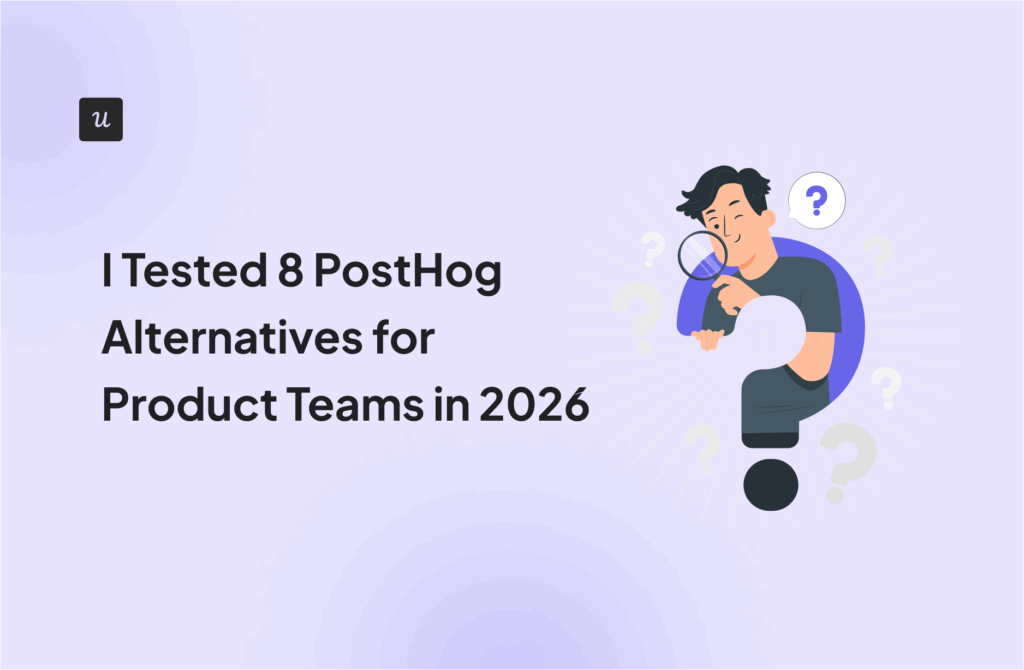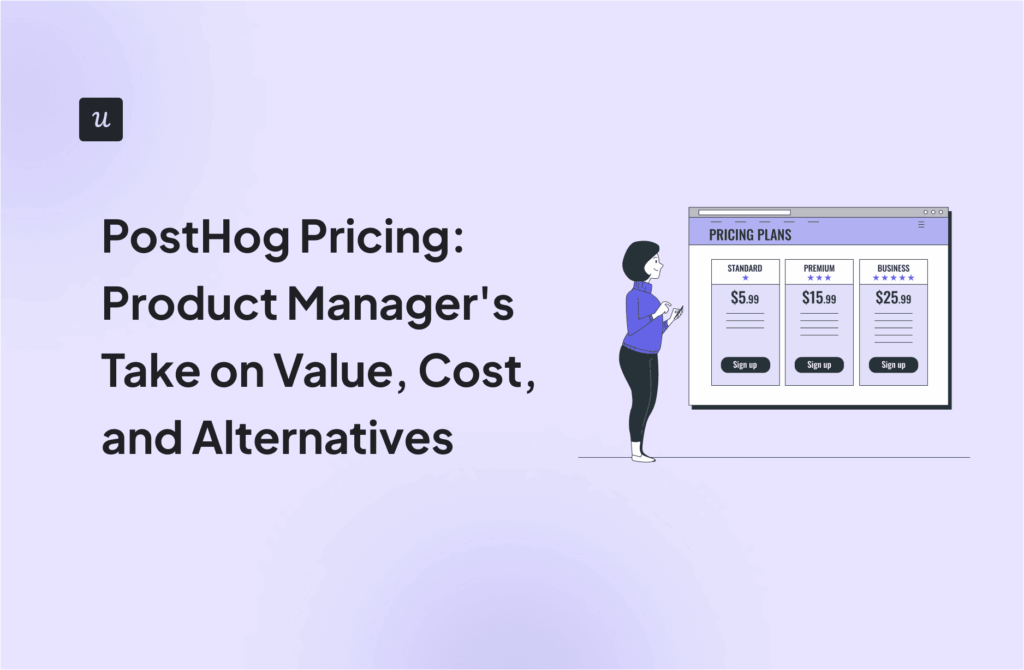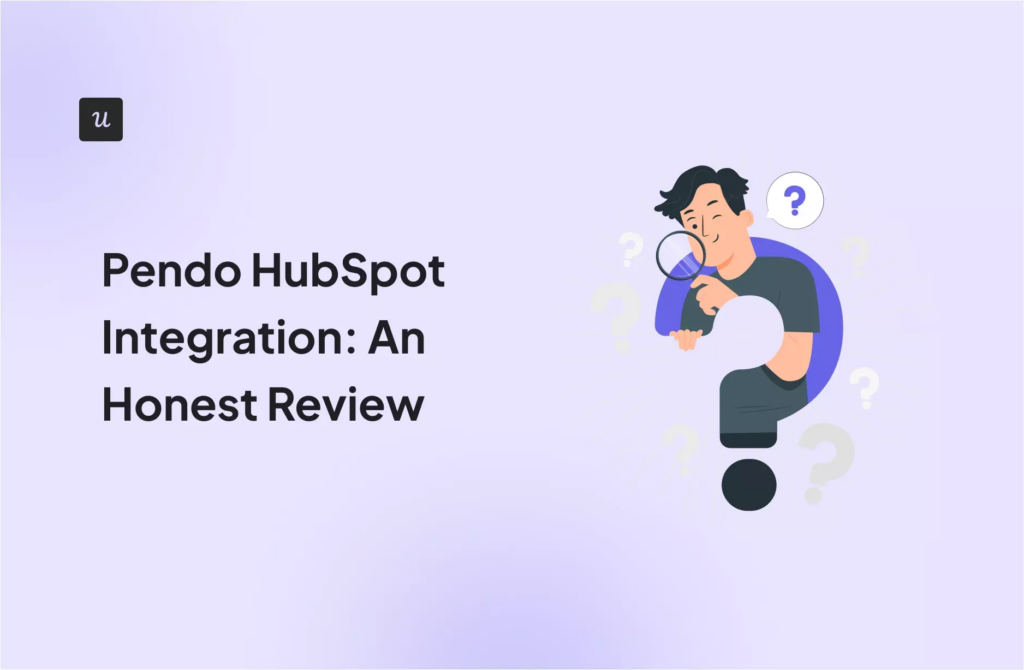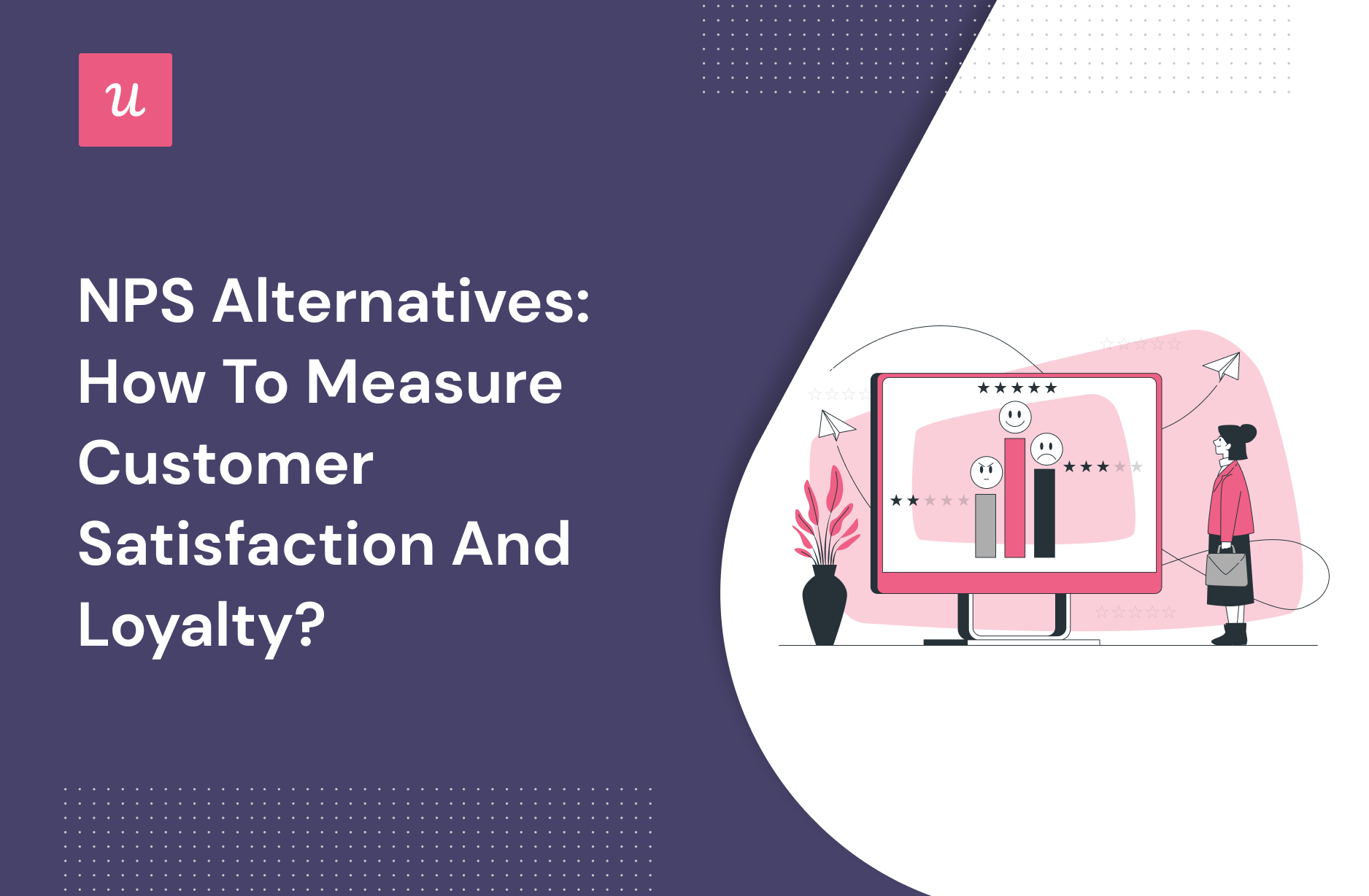
Net Promoter Score is a great way of measuring customer loyalty but do you know that there are a lot of NPS alternatives that you can use for your SaaS?
Those NPS alternatives can help you measure customer loyalty and satisfaction from different angles, so you can collect invaluable insights.
So, let’s find out what these NPS alternatives are and how they can help you increase your customer retention.
Try Userpilot Now
See Why 1,000+ Teams Choose Userpilot

What is the Net Promoter Score (NPS)?
The Net Promoter Score (NPS) is a customer satisfaction measure that indicates customer happiness, satisfaction, and how likely your customers are to promote your product to their friends, family, or colleagues. The NPS survey asks customers a simple question that they have to answer by choosing a number on a scale of 1 to 10.
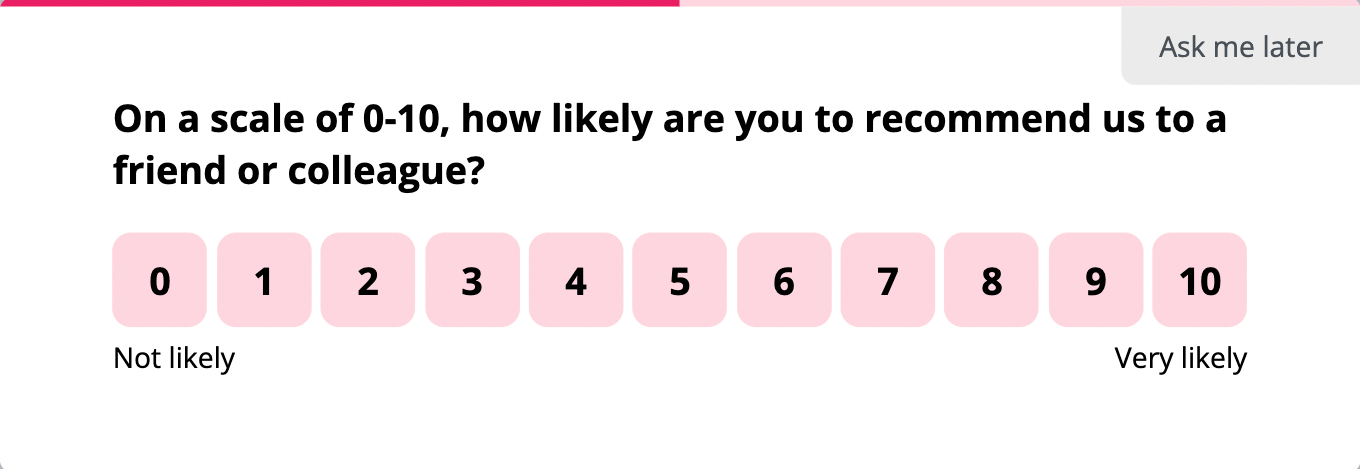
How does the Net Promoter Score (NPS) work?
NPS surveys start by asking a question that users answer on a scale from 1 to 10. Then, the respondents are divided into three categories.
- Promoters (ratings between 9 and 10): They are your most loyal customers and brand promoters.
- Passives (ratings between 7 and 8): They are neutrals who won’t be ruining your brand’s image, but they won’t be promoting it either.
- Detractors (ratings between 0 and 6): They are the exact opposite of promoters. They are dissatisfied customers who can damage your brand value through negative word of mouth.

The Net Promoter Score can be any value between -100 and 100. If all of your customers score between 0 and 6, your result will be -100. On the other hand, if all your customers score 9 or 10, your result will be 100.
How to calculate the NPS score for measuring customer loyalty?
So, how do we calculate the NPS?
Let’s assume you’ve sent an NPS survey to 100 customers. 23 out of them are detractors, 17 are passives, and 60 are promoters. Your score is the difference between the percentage of promoters and the percentage of detractors.
In our case, the NPS is 60 – 23 = 37. The benchmark for NPS varies depending on the industry, but a positive score is widely considered a good sign.

What are the pros of the Net Promoter Score?
Measuring the NPS is very simple and cost-effective. If you send out NPS surveys at regular intervals, you can understand how your customer’s experience can change over time or at which specific point it changes.
It gives you actionable insights into customer satisfaction which you can leverage immediately. Using this, you can forecast new and repeat subscriptions, business growth, and revenue, along with measuring the overall health of your company.
To unlock the full potential of an NPS survey, you can follow up with other questions. For example, you can ask detractors why they gave you a low score and what they want to be improved.
What are the cons of the Net Promoter Score?
Despite being a popular metric, NPS still has its flaws. It lacks context behind the ratings. Why would a customer promote your product or service? Is it because of your features? Is it because your product is user-friendly? You can’t pinpoint what your customers like about you. So you don’t know exactly what to improve.
Large-scale NPS surveys can take quite some time. If there is a long gap between collecting the survey feedback and analyzing the results, your results can be inaccurate as some customers can change their minds during this period.
Lastly, just how much impact do your promoters or detractors have? With NPS, we can’t measure this. It provides only a surface-level understanding of customer satisfaction.
What are the NPS alternatives?
Is NPS the only way to measure customer satisfaction? Short answer, no. There are alternatives to the NPS methodology. You can use these in combination with each other, as they all have their strengths and weaknesses.
Let’s dig into the details.
NPS variations
Generally speaking, you don’t have to stick with the same NPS question all the time. For example, Netflix uses these two different questions to understand their existing customers better.

Feel free to be creative when it comes to changing what your NPS survey consists of. There are other ways to mix up your NPS surveys, such as changing the rating scale to 0 to 5, asking more than one question, or even redefining your promoter, passive, and detractor ranges.
Pros and cons of the NPS variations
- Pros: When you take a custom approach to NPS, you can make sure it complements your specific needs and measure what’s relevant.
- Cons: You might not be measuring the same aspects as your competitors since your scores can consist of different metrics. So, how will you understand how you’re doing compared to others? Is your score good? Or is it bad?
Product/Market Fit (PMF) survey
Here’s a question you can ask in a customer survey: how would they feel if they could no longer use your product? This is a very straightforward question that helps you understand the compatibility between your product and the customers.
To calculate the product/market fit score, you need to find out the percentage of your satisfied customers, i.e., how many customers will be very disappointed when they can’t use your product?
If your score is more than 40%, you have reached the product-market fit.

Pros and cons of the product-market fit survey
- Pros: A product-market fit survey is a great way to find out whether you’ve targeted the right market. You can also understand whether customers like your product or not.
- Cons: This is also a superficial metric. Sure, you can see if customers would be disappointed once they lose your product, but why so? What specific part of your software or feature would they miss?
Customer Satisfaction Score (CSAT) survey
The Customer Satisfaction or CSAT Score centers on customers’ experience and satisfaction levels with numerous aspects of your business. You can use it to assess the product, certain features, customer support, and so on. This will help in avoiding potential customer churn.
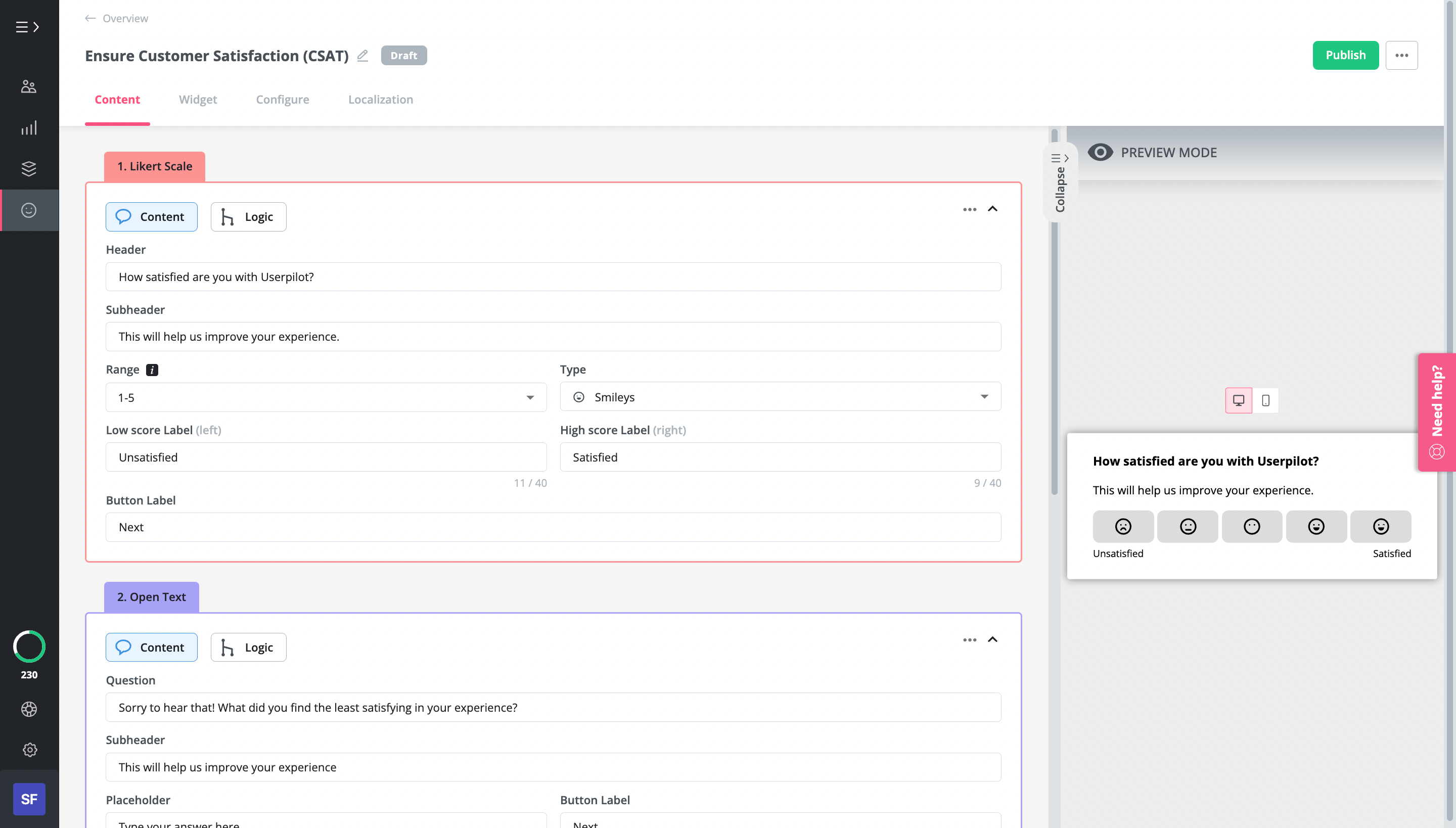
It is best to measure CSAT at different points in the customer journey. This will help you understand when, where, and why customer experience changes. For example, you can ask them, “How are you liking this new feature?” some days after introducing it. With this, you can understand if customer needs are being met or not.
Pros and cons of the customer satisfaction score survey
- Pros: CSAT can be measured quickly. It is very versatile as you can ask any question you want, whenever you want.
- Cons: It is not a measure of customer loyalty or brand advocacy. So, it provides no insights regarding their long-term relationships with your company.
Customer Effort Score (CES) survey
The Customer Effort Score (CES) is one metric that measures how much effort a customer has put into interacting with your business, such as by asking a question on live chats, requesting assistance, or resolving an issue.
Similar to the NPS survey, users are asked a question that they have to answer using a numerical scale. It can range from 1 to 5, or 1 to 10, etc. The CES is then calculated using the formula below.
For example, here’s the survey statement: “I have found the customer support team to be very helpful.” If you’ve sent this survey to 50 people, and 30 of them respond positively, your CES score is (30/50) x 100 = 60%.
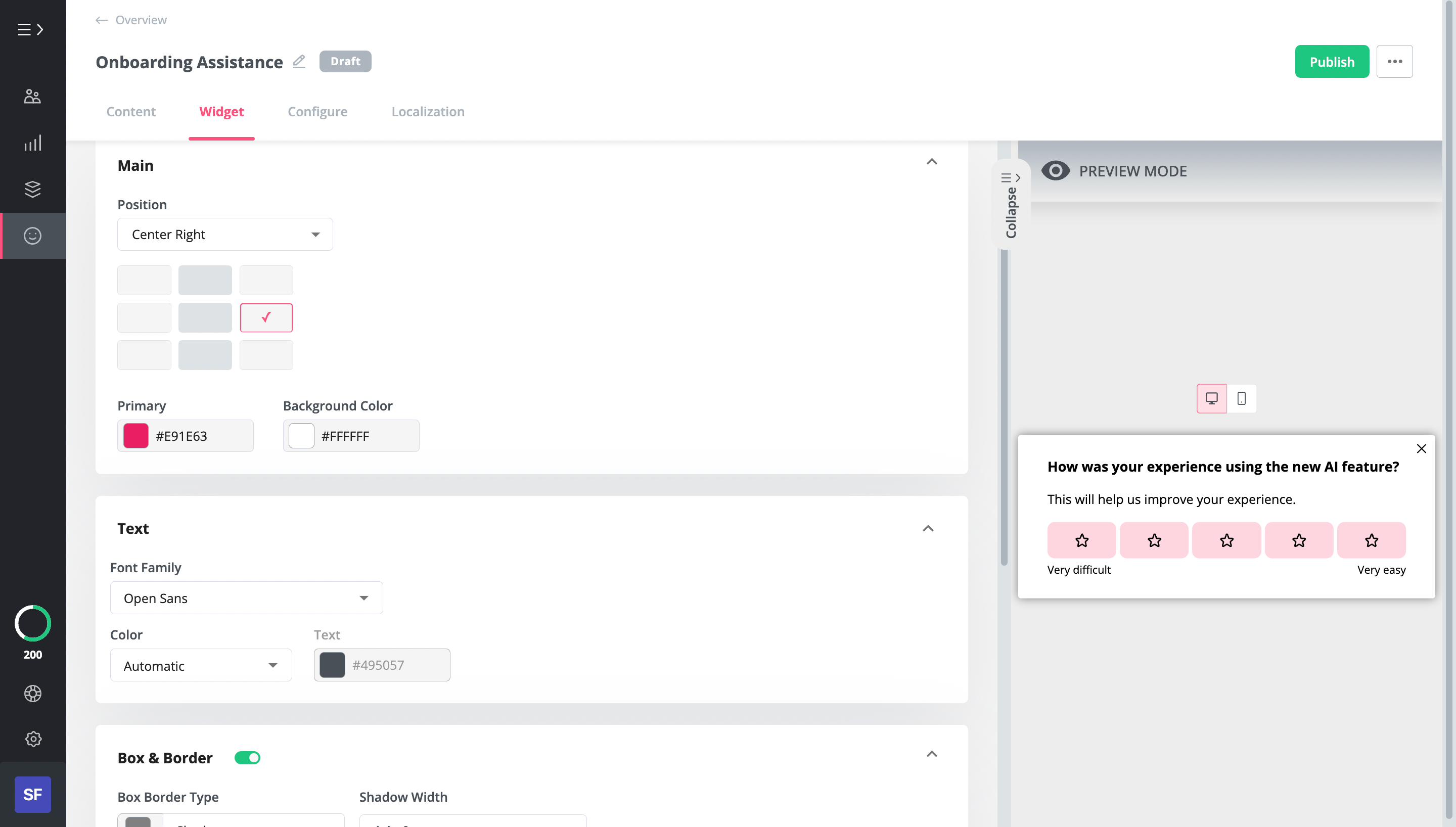
With CES, you can identify the friction points where customers are facing the most issues. Thus, you can immediately take action and improve your customer experience. By doing so, your customers will feel that their concerns are heard and prioritized.
Furthermore, it helps you evaluate user satisfaction across different touchpoints and solve these problems before your customers churn.
Pros and cons of the customer effort score
- Pros: Similar to NPS and CSAT, CES can be calculated very quickly and easily using only a short survey. You can gain insight into any aspect of your product, be it features or customer support.
- Cons: It is important to note that “effort” is quite subjective. For one user, contacting support and resolving issues can take a lot of effort. But for someone else, it won’t even be considered an effort. It is difficult to compare the given effort and put it in numeric terms. Also, the CES score itself does not provide any significant information on its own. Try to use follow-up questions such as “What difficulties did you face?”. This can give precise, actionable insights.
Customer health score
The Customer health score predicts whether a customer will remain loyal, grow, or leave your company.
Unlike the other metrics here, this one can’t be calculated using one short formula. So here’s a detailed guide on how to calculate your customer health score.

Pros and cons of the customer health score
- Pros: You can include whatever actions are relevant to your business goals and customize the formula.
- Cons: The problem with custom scores is that you can’t compare them with your competitors, as your CES scores can contain different measurements. Calculating the Health Score can be a time-consuming task and can require a lot of iterations before you find what’s best for you.
Product Engagement Score (PES)
Product Engagement Score (PES) measures how engaged your users are with your product and how often they interact with it. High PES may also indicate high feature adoption and retention rates.
To calculate PES, you need to find out the average of the adoption rate, stickiness ratio, and growth rate.

Pros and cons of the product engagement score
- Pros: PES is a single metric that’s easy to track over time. It consists of quantifiable measures, leaving out subjectivity and ambiguousness behind.
- Cons: PES can be very inaccurate. This is why; some users find your tool very useful, but they don’t need to use it very often. Alternatively, there may be users who hate your tool but have no choice but to use it.
How can Userpilot help you create NPS surveys and their alternatives?
There are numerous tools in the market for building user feedback surveys. Some tools either require you to code to create surveys or offer only one or two types of surveys.
But what if you don’t have programming skills or don’t want to use multiple tools to create NPS alternatives? Userpilot allows you to create in-app micro surveys, be it a CSAT, CES, NPS, etc. You can also track and analyze customer feedback in real-time.

Furthermore, it enables you to customize your survey with your company’s colors and add multiple question types. You can even translate the survey questions into multiple languages to increase survey responses.
Userpilot allows you to segment responses by score. You can easily identify detractors, passives, and promoters and get an overview of your NPS score.
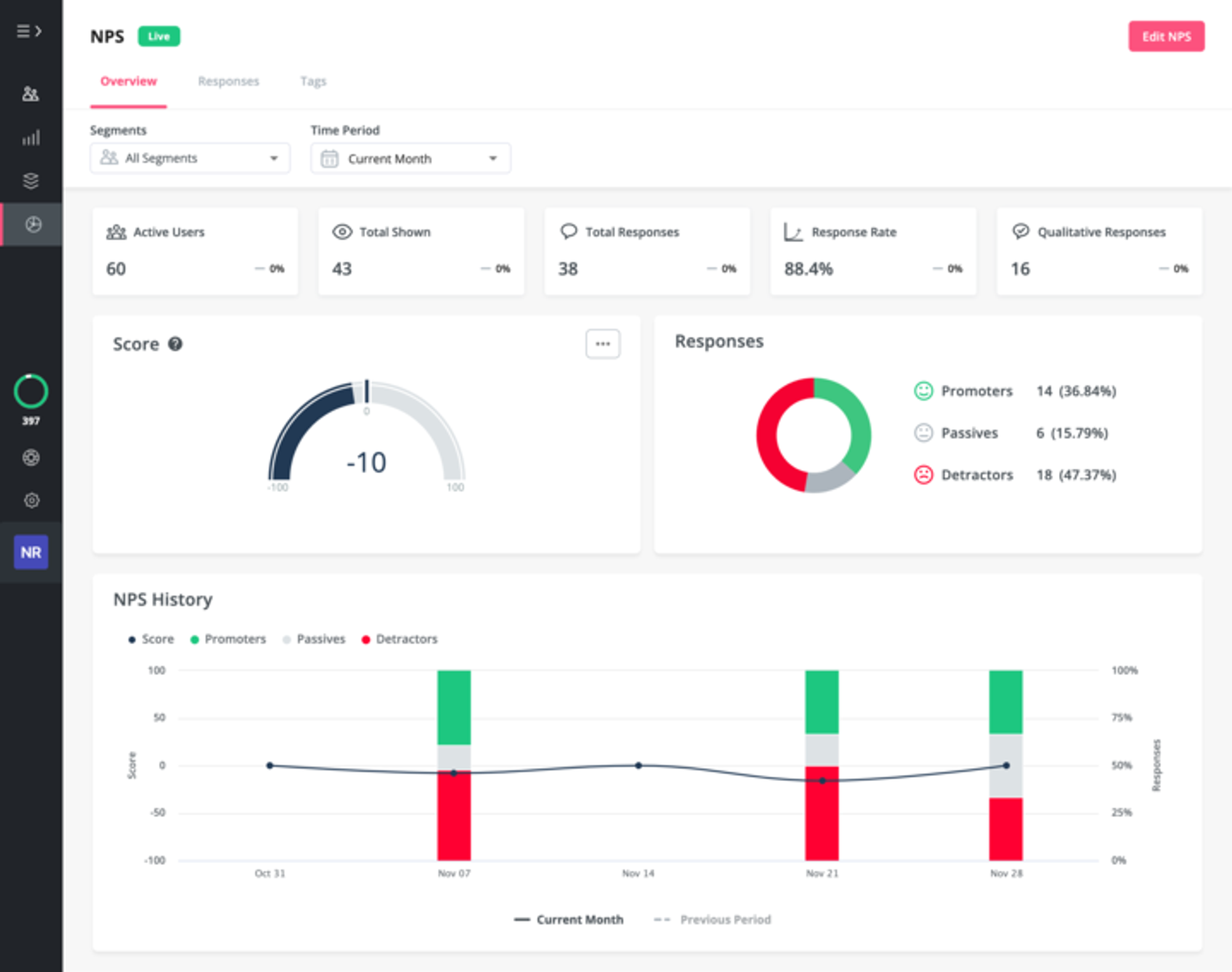
You can also tag qualitative answers in Userpilot. This will help you find common themes in qualitative NPS responses for measuring customer satisfaction better.
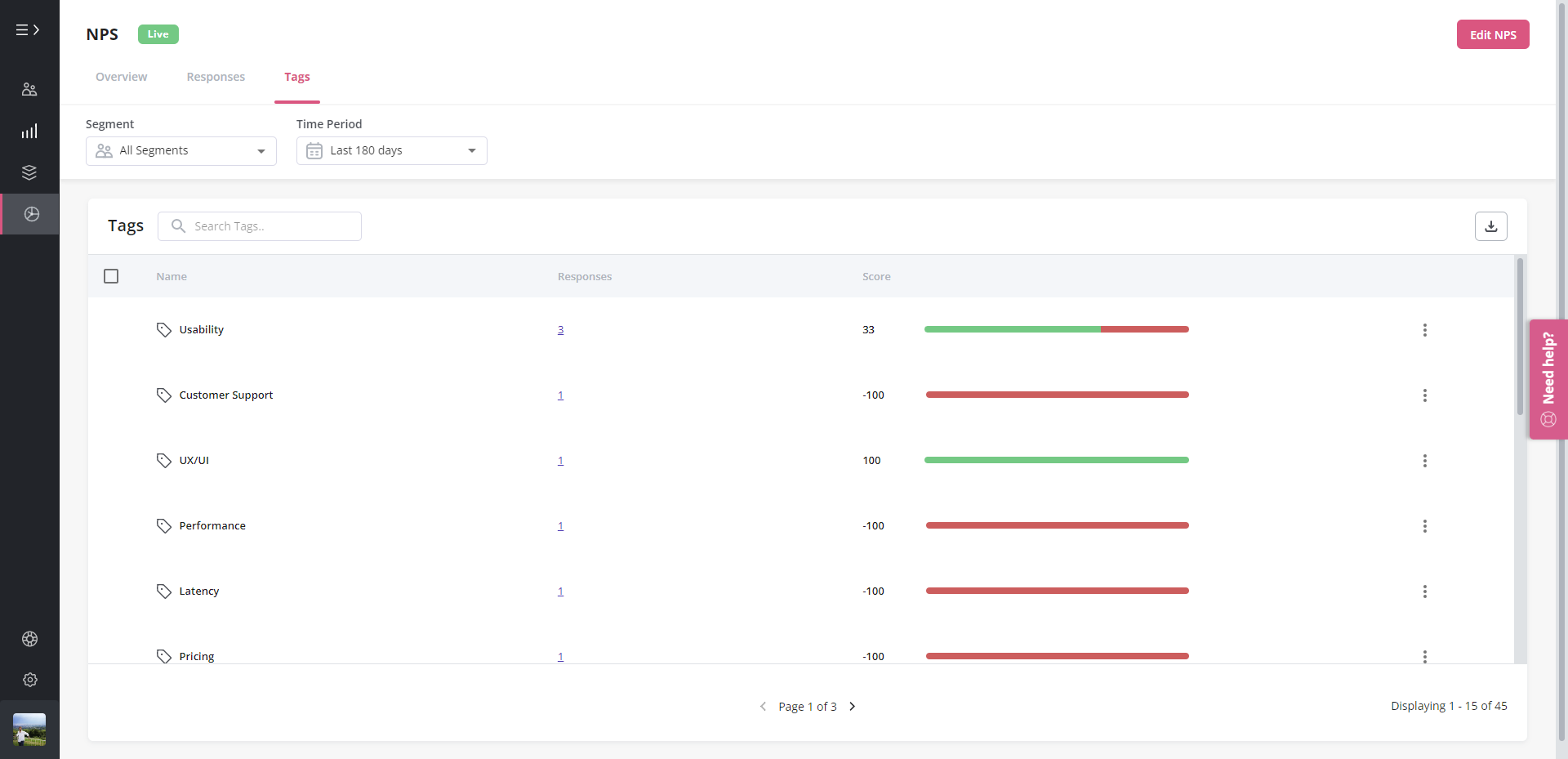
Conclusion
All of the NPS alternatives discussed have their pros and cons. What might be the best alternative for one company can be the worst choice for another.
So, when choosing the NPS type, you need to take into account the nature of your product, goals, strategies, and all other relevant factors.
Want to create NPS alternatives code-free? Get a Userpilot Demo and see how you can effectively measure customer loyalty and satisfaction and provide more value to your users.


